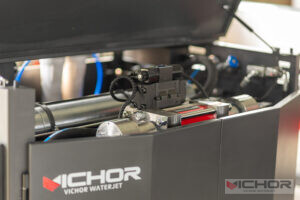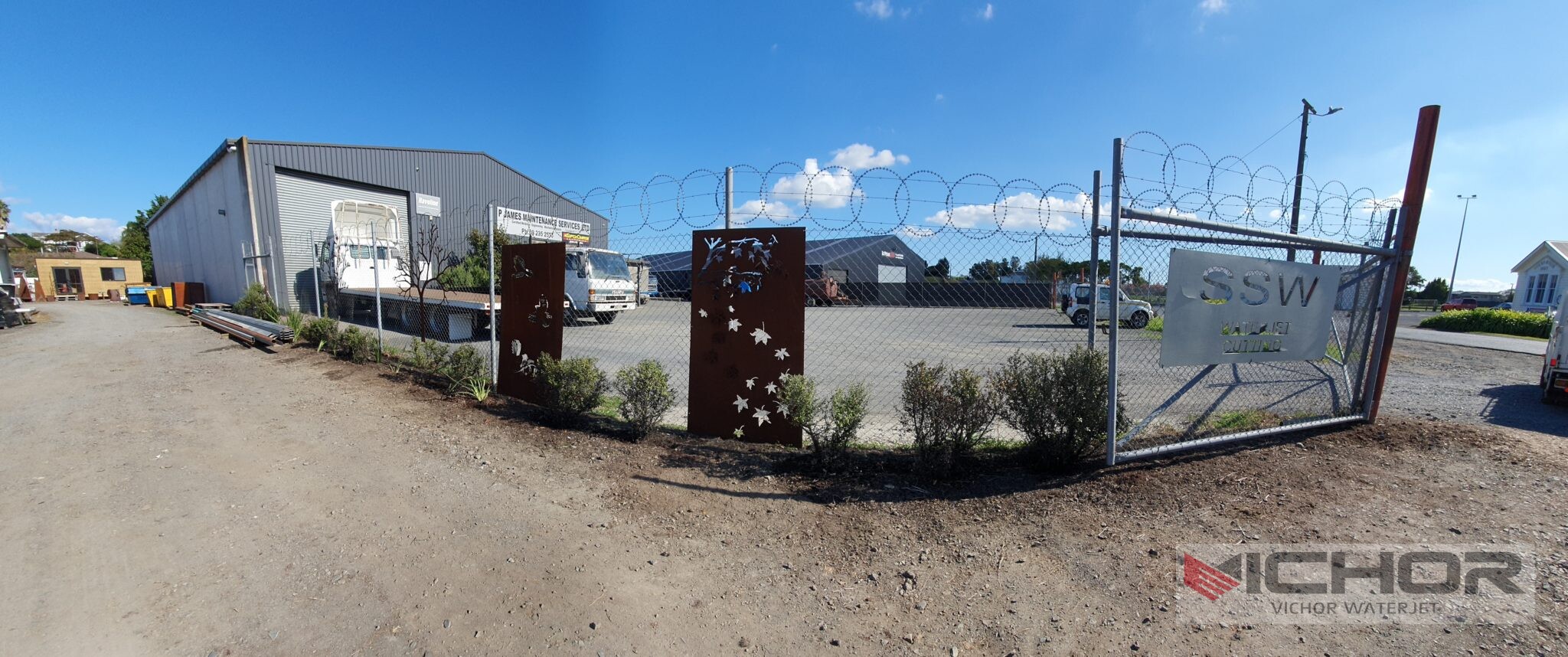
Understanding the Water Jet Tool: Capabilities, Applications, and Solutions
In the realms of manufacturing, fabrication, and artistic creation, few tools offer the unique combination of power and precision quite like the water jet tool. This technology, which harnesses the force of ultra-high-pressure water, often mixed with an abrasive substance, has revolutionized how we cut through a vast array of materials. From the toughest metals to the most delicate composites, a water jet tool provides a cold-cutting solution that laser or plasma methods cannot match, eliminating heat-affected zones and ensuring material integrity.
For anyone considering integrating this technology into their workflow, understanding its intricacies is crucial. This article provides a comprehensive look at the water jet tool, exploring its fundamental principles, diverse applications, and how to navigate common operational challenges.
The Core Principle Behind the Water Jet Tool
At its most basic, a water jet tool is a device that cuts using a very high-pressure jet of water. The process begins with a high-pressure pump, which pressurizes ordinary tap water to extreme levels, typically between 60,000 and 90,000 pounds per square inch (psi). This pressurized water is then forced through a small orifice, usually made of sapphire or diamond, creating a supersonic stream thinner than a human hair.
For cutting hard materials like metal, stone, or glass, an abrasive substance, typically garnet, is introduced into the stream within a mixing chamber. This abrasive water jet tool entrains the garnet particles, accelerating them to high speeds and transforming the water stream into an erosive force capable of slicing through inches of solid material. Pure water jets, without abrasive, are used for cutting softer materials like foam, rubber, food products, and insulation.
The Versatile Applications of a Water Jet Tool
The defining characteristic of a water jet tool is its remarkable versatility. It is truly a one-tool-fits-many solution, which is why it’s found in industries ranging from aerospace to gourmet food preparation.
Metal Fabrication: Used for cutting intricate parts from aluminum, steel, titanium, and brass without compromising the metal’s structural properties through heat.
Stone and Tile Work: Ideal for crafting countertops, tiles, and artistic mosaics with complex shapes and precise edges.
Aerospace and Defense: Essential for cutting advanced composites, titanium alloys, and other sensitive materials used in aircraft and spacecraft components.
Glass and Acrylic Art: Allows artists to create detailed designs and shapes in glass and acrylic without cracking or melting the material.
Food Industry: Pure waterjet systems hygienically cut products like cakes, frozen foods, and poultry with precision and without cross-contamination.
Key Components of a Modern Water Jet System
Understanding a water jet tool involves more than just the cutting head. It’s a sophisticated system comprised of several integrated components:
High-Pressure Pump: The heart of the system. It can be an intensifier pump (using hydraulic power to create pressure) or a direct-drive pump (using electric motors with crankshafts). Intensifiers are known for higher peak pressure, while direct-drives often boast higher efficiency and simpler maintenance.
Cutting Table: A robust platform, often submerged in water to reduce noise and splash, that holds the material being cut. It includes a slatted bed to allow the spent water and abrasive to pass through.
Motion System: Typically an X-Y gantry system that moves the cutting head with extreme precision according to computer-controlled paths (CNC).
CNC Controller: The “brain” of the operation. It translates digital design files (like CAD drawings) into movement commands for the gantry and controls other functions like pump on/off and abrasive feed.
Abrasive Delivery System: For abrasive water jets, this system stores and meters the garnet abrasive, delivering it consistently to the cutting head.
Significant Advantages of Using a Water Jet Tool
Choosing a water jet tool over other cutting technologies comes with a compelling set of advantages:
No Heat-Affected Zone (HAZ): The cold-cutting process means no thermal stress, hardening, or warping of the material. This preserves the material’s original properties.
Material Versatility: It can cut almost any material, a claim few other technologies can make.
High Precision: Modern CNC-controlled systems offer exceptional accuracy and repeatability, capable of producing highly complex and intricate parts.
Environmental and Safety Benefits: The process does not produce hazardous fumes or dust (the abrasive slurry is contained), making it a cleaner and safer option for operators.
Minimal Set-Up: It requires minimal fixturing as the force exerted by the water jet is very low compared to mechanical tools, allowing for nested cutting and reduced material waste.
Common Challenges and Questions with Water Jet Tools
Even with its many benefits, operators of a water jet tool often encounter specific questions and challenges. Addressing these is key to efficient and cost-effective operation.
1. What causes a “lag” or taper in the cut, and how can it be reduced?
As the waterjet stream travels through the material, it can widen slightly, causing the bottom of the cut to lag behind the top, resulting in a slightly bevelled edge. This is more pronounced in thicker materials. The primary solution is using advanced cutting heads that can dynamically tilt (5-axis control) to compensate for this taper, producing perfectly straight walls. Slowing the cut speed can also minimize the effect.
2. Why is my cut quality inconsistent or poor?
Inconsistent cut quality can stem from several issues:
Worn Consumables: The orifice (jewel) and mixing tube are wear items. A worn orifice loses pressure, and a worn mixing tube disrupts the abrasive stream, both leading to poor cuts. Regular replacement according to the manufacturer’s schedule is essential.
Abrasive Inconsistency: Irregular flow of abrasive, often due to moisture clumping or an issue with the feed system, will directly impact cut quality.
Water Pressure Fluctuations: Ensure the pump is maintaining stable pressure.
Incorrect Cut Speed: Finding the optimal speed for a given material and thickness is crucial; moving too fast or too slow degrades quality.
3. How can I manage the ongoing operational costs?
The significant consumables are electricity, water, abrasive garnet, and replacement parts (orifices, mixing tubes). To manage costs:
Optimize Nesting: Use software to arrange parts efficiently on the material sheet to minimize waste.
Abrasive Management: Fine-tune the abrasive flow rate to the minimum required for a clean cut. Store garnet in a dry environment to prevent clogging.
Preventive Maintenance: A strict maintenance schedule for the pump and cutting head prevents costly unplanned downtime and major repairs.
4. Is water quality important for the system?
Yes. While the water doesn’t need to be drinkable, hard water with high mineral content or water containing sediments can accelerate wear on pump seals, valves, and the orifice. Most manufacturers recommend using a filtration and softening system to extend the life of these critical and expensive components.
5. How do I choose between a pure waterjet and an abrasive waterjet?
The choice is straightforward and depends entirely on the material.
Pure Waterjet: Use for soft materials (food, rubber, foam, paper, insulation).
Abrasive Waterjet: Required for hard materials (metals, stone, glass, ceramics, composites).
The water jet tool remains one of the most flexible and powerful cutting technologies available. By understanding its operation, benefits, and how to troubleshoot common issues, businesses and creators can fully leverage its potential to push the boundaries of design and manufacturing.
continue reading



